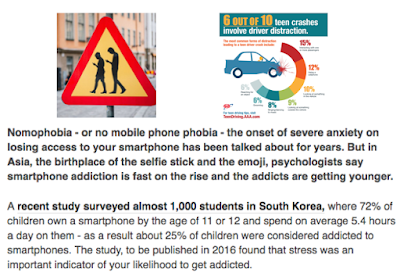In today's (June 29, 2017) Science News article, Matthew Hudson describes new carbon nanotube transistors created by IBM researchers:
For decades, computing speed has increased as silicon transistors have shrunk, but they’re currently near their size limits. So scientists have been experimenting with carbon nanotubes, rolled-up sheets of carbon atoms just 1 nanometer, or a billionth of a meter, in diameter.
But difficulties working with the material have meant that, for optimal performance, nanotube transistors have to be even larger than current silicon transistors, which are about 100 nanometers across. To cut that number down, a team of scientists used a new technique to build the contacts that draw current into and out of the carbon nanotube transistor. They constructed the contacts out of molybdenum, which can bond directly to the ends of the nanotubes, making them smaller. They also added cobalt so the bonding could take place at a lower temperature, allowing them to shrink the gap between the contacts.
Electrical tests showed their new transistors to be faster and more efficient than ones made of silicon. Silicon Valley may soon have to make way for Carbon Valley.
Questions:
1. In your opinion, does the new technique create potential for incremental innovation, radical innovation, or both? Explain briefly.
2. Using Backcasting, describe key features of a radically new device that can be built 10-15 years from now, using sub-nanometer transistors.







